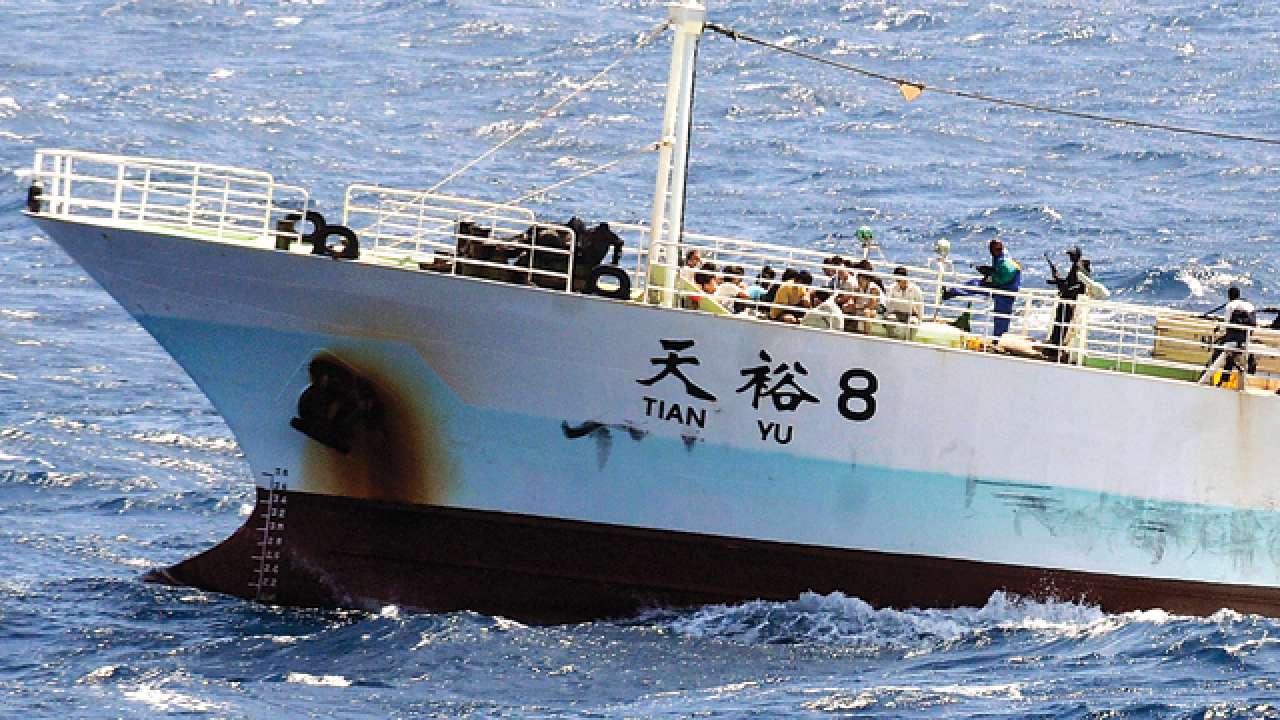
Sometimes termed, after Salman Rushdie, somewhat deprecatingly as the ‘ocean of notions’, the Indian Ocean is better described according to Professor Sugata Bose as an ‘interregional arena’ rather than a ‘system’ (A Hundred Horizons: The Indian Ocean in the Age of Global Empire, 2006). If Indian initiatives in the region in the last few years are anything to go by, this inter-regional arena is on the threshold of becoming an area of cooperation, development, and growth, with a strong identity and personality of its own. This is the key takeaway of the second Indian Ocean Conference, from August 31 to September 2, 2017, in Colombo, Sri Lanka. I attended this meeting organised by the India Foundation, as I did the previous and inaugural Indian Ocean Conference last year around the same time in Singapore.
The only ocean named after a nation, the Indian Ocean is at the heart of India’s ‘neighbourhood-first’ policy. As PM Narendra Modi spelt out last year in Mauritius, India’s vision for the region is evident in ‘SAGAR’, which stands for ‘Security And Growth for All in the Region’. Each year, more than 1,00,000 vessels and half the world’s container traffic pass through this third largest oceans on earth which contains 20 per cent of the planet’s surface water. The sea-lanes in the Indian Ocean are also vital to the navigation of petroleum products. The 32 countries in this area are fundamental to the world’s economic and military stability. As India’s Minister for External Affairs, Sushma Swaraj, reiterated, the Indian Ocean is of ‘vital importance’ to us.
We have a coastline of 7,500 km, with several hundred islands spread between Lakshadweep and Andamans. From Nicobar’s southernmost Indira Point, Indonesia’s Sabang is less than 90 nautical miles away. Swaraj observed, “Our Exclusive Economic Zone is 2.4 million square kilometres, and 90 per cent of our trade by volume and almost all of our oil imports come through the sea.” But it is equally true that the economies of most of the littoral states also depend on trade, commerce, infrastructure, and resources associated with the Indian Ocean. For thousands of years, the phenomenon of the monsoon determined the agricultural productivity of large portions of mainland Asia, as did the oceanic winds the movement of commerce between its major ports. Not only agriculture and trade, but political and environmental security are also of paramount importance to the billions of inhabitants of this region.
China’s determination to assume an augmented global leadership role was signalled in its Silk Road Economic Belt and the 21st century Maritime Silk Road, better known as the One Belt One Road Initiative (OBOR) or the Belt and Road (B&R) initiative. Some have seen the Indian Ocean conferences as India’s response to that. But I don’t think it is fruitful to see India as trying to compete with China; perhaps it is better to see the two projects as complementary. China’s B&R involves trillions of dollars of investment, with the possibility of huge debt traps for many of the proposed beneficiary countries. Massive infrastructure development and improved connectivity will no doubt benefit the countries involved, but perhaps it is China that will gain the most, with unprecedented market access for its manufacturing industries. There is the consequent danger of Chinese domination and imperialism in the B&R, as several smaller states have already expressed.
The Indian Ocean conferences, on the other hand, have emphasised non-hierarchical, non-competitive co-existence. This year’s conference is centred on peace, prosperity, and progress. Perhaps, the theme note overreaches in its ambition by asking for the “formation of a Common Parliament for the countries of the Indo-Pacific Region” modelled on the European Union. With the latter itself under pressure, if not under threat of unravelling, this common parliament for the Indian Ocean region is a rather impractical, if well-intentioned, objective. Perhaps, it is more realistic to start with cooperation between existing parliamentary, legal, banking, trade, industry, commerce, and other such institutional structures already prevalent in the region as former Ambassador and Permanent Representative of India to the United Nations, Hardeep Singh Puri, suggested.
India has a pivotal role to play in the region by virtue of our location at the crossroads of Asia, not to mention our historical and cultural links with the countries of the region. Long ago, Singapore’s late, great prime minister Lee Kwan Yew recommended that India assumes such a leadership role in the Indian Ocean region after the demise of the British empire. We seem to have woken up to this imperative rather belatedly. But better late than never. By stepping up to the challenge, India is now showing its will to soft power and diplomatic leadership. Today, the US, Japan, Germany, Indonesia, and Australia, among others, also endorse the role that India needs to play. Rather than being just the ‘Shah of Blah’ as Salman Rushdie’s Rashid was called in Haroun and the Sea of Stories, India should influence people, culture, and commerce, which, as Foreign Secretary, S Jaishankar reminded us, is what the Indian ocean is all about. Evidently, it is such cooperation in the future that would ensure the centrality of both India and the Indian Ocean in the global power balance.
The author is a poet and professor at JNU. Views expressed are personal.